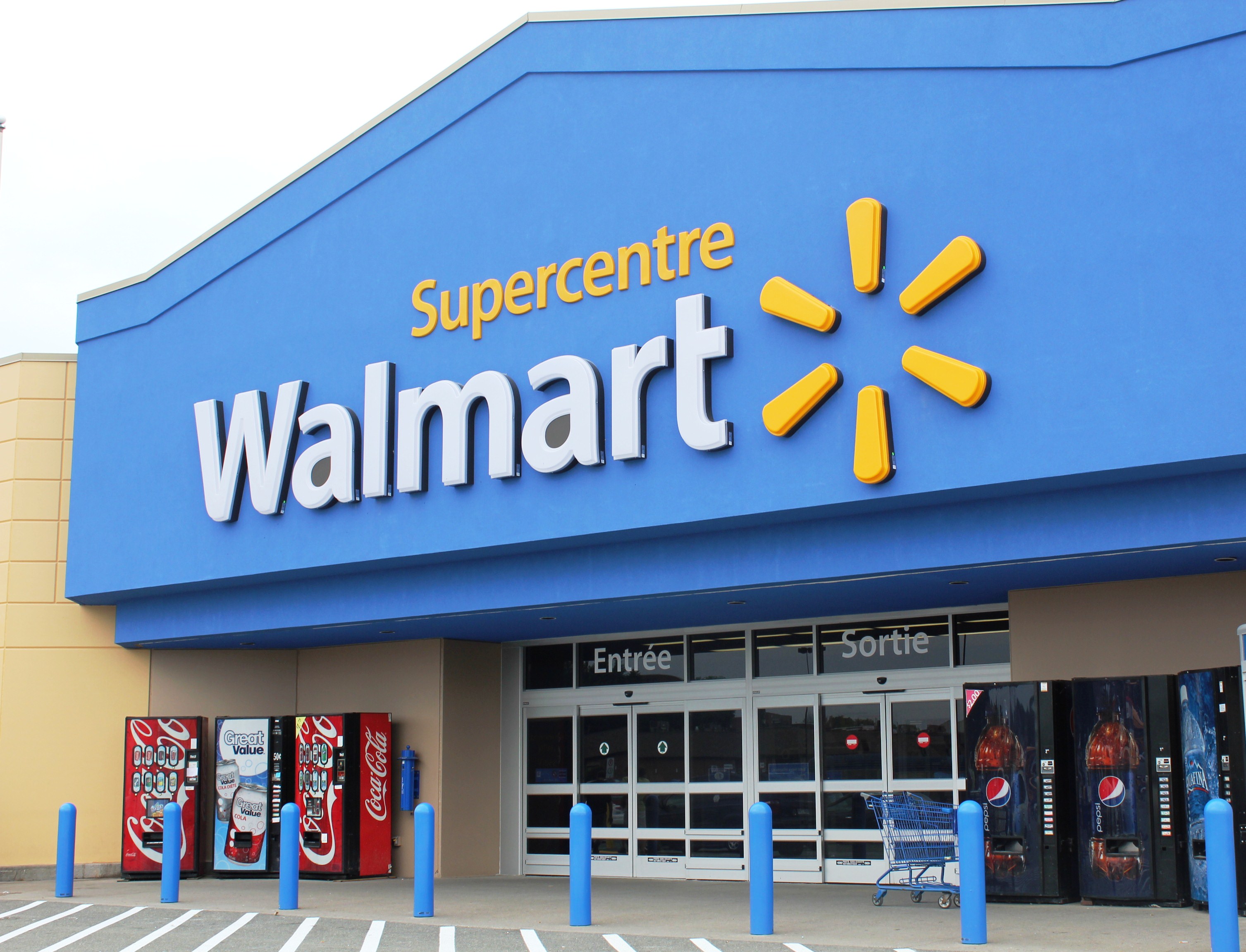Walmart tightens its supply chains to speed delivery
Walmart’s 3Q report was an early Christmas gift for shareholders; the stock has skyrocketed since Walmart trumpeted e-commerce growth of 50% and same-store sales figures up 2.7% for the quarter, beating its expected increase of 1.8%.

WMT price has gained 19% since October 6, and has surpassed the stock’s previous record set on Jan. 9, 2015. Walmart CFO Brett Biggs told analysts that he expects future top-line growth to be fueled by e-commerce and same-store sales, “with less emphasis on new units in the U.S.”
Walmart, which owns jet.com, ModCloth, Bonobos, Moosejaw, and other shopping sites, has experienced massive success in its e-commerce division, hitting 63% growth in Q1 and 50% in Q2.
“We think the future is a combination of digital and physical retail,” said CEO Doug McMillon during the chain's October call with analysts and investors. “Customers are shopping in-store, online, with apps and mobile, a little with their voice and in time, with AR and VR and whatever comes after that. And they'll do so seamlessly.”
Robust digital sales have helped Walmart weather its competition with e-commerce giant Amazon—the two retailers are locked in an extraordinary battle in the high-volume, low-margin retail space. Earlier this year, Walmart announced 2 day shipping on over 2 million items, with no membership required. Walmart is also pressuring its suppliers to stop doing business with Amazon—they say they don’t want suppliers to store Walmart’s data on AWS servers—while Amazon has urged its suppliers to focus on shipping directly to consumers and bypass brick-and-mortar chains like Walmart and Target.
The company is starting to view its vast network of big-box locations as fulfillment centers as much as stores, and Walmart will eventually be shipping nearly as much product out of its stores as gets brought into them. “In the future, we think we will be able to keep some of our customers' homes in-stock the way that we keep stores in-stock today,” McMillon said. “Customers can choose any of these service levels and pay for the speed they desire.” Walmart recently bought Parcel, a logistics startup that will enable Walmart to offer same day delivery in New York City.
As Walmart’s sales migrate to digital, the company will have to massively increase its inventories across the United States in order to provide the two-day or same-day deliveries that consumers now demand. Each of Walmart’s stores will transform into a warehouse. This means more linehaul truckloads keeping Walmart’s huge nationwide network of stores stocked, as well as more demand for last-mile delivery to customers’ homes. In high-demand periods like the holiday shopping season that strain long supply chains, we also expect higher demand for expedited team transit.
As consumers expect faster delivery times, inventory must be closer to their homes and businesses. Because of this, retailers end up holding more inventory at central fulfillment centers and must respond faster to customer demand. This increases the truckload volumes as retailers forward position inventory in their network. A net positive for the truckload carriers, especially those that have team expedited operations.
The holiday shopping season, though, has its own complexities, and Walmart has reportedly raised prices on some of its online items—anything from macaroni and cheese to toothbrushes—in order to drive traffic into its physical stores. As Walmart grows its online business, it’s also trying to make that division profitable, by encouraging its customers to go to a brick-and-mortar store to buy items that are unprofitable to ship. The pick-up discount that Walmart offers, where customers can complete an order online and then go to a store to pick it up themselves, is another way for Walmart to avoid costly last-mile delivery expenses. Walmart offers the pickup discount in 1,000 stores already, and plans to expand the service to another 1,100.
Walmart and Amazon are both performing well—so far it seems that the biggest loser of their high-stakes logistics Cold War is Target, the second largest discount retail chain after Walmart. Target’s stock is down 25.5% over 2017, and has fallen 33% since its peak in July 2015. Target has essentially been left behind in the digital sales and fast-shipping wars and its executives are now playing catch up. “Our ultimate goal is to build a supply chain that can reliably deliver any item in our network to all but the most remote areas in the U.S. in two days or less with most items delivered in one day,” Target COO John Mulligan said on a call with investors last week.
SOURCE: https://www.freightwaves.com/news/2017/11/22/walmarts-digital-sales-driving-competition-with-amazon
_Logo%20horizontal%20bleu%20et%20vert-1.png?width=1398&height=422&name=(RVB)_Logo%20horizontal%20bleu%20et%20vert-1.png)
